About
A geographically and professionally diverse expert panel of West Virginia professionals was formed with intention of creating guidelines for the safe and effective overall management of pain, which build upon the 2016 CDC Chronic Pain OPIOID Guidelines. These PAIN management guidelines intend to build upon the 2016 OPIOID guidelines of the CDC by providing a risk reduction strategy for the appropriate use of all pain treatments, and secondly, to provide pain management clinical treatment algorithms, similar to such for the treatment of hypertension, diabetes, and so on, in order to safely and effectively manage the pain of and improve the lives of West Virginians and beyond.
A major concern of healthcare professionals and patients alike is the question of what is the “gold standard” approach to managing pain, particularly chronic pain. Previously, pain management strategies have been largely based upon subjective evaluation methods versus more objective assessments. The risk reduction strategy contained herein, aims to minimize patient risk and reduce healthcare professional anxiety in the overall management of chronic pain, which is paramount for ensuring the safest and most effective management of pain.
Safe and effective clinical pain management algorithms based on best practices, clinical experience, and evidence-based literature addressing the three main classification of pain: nociceptive, neuropathic, and mixed.



